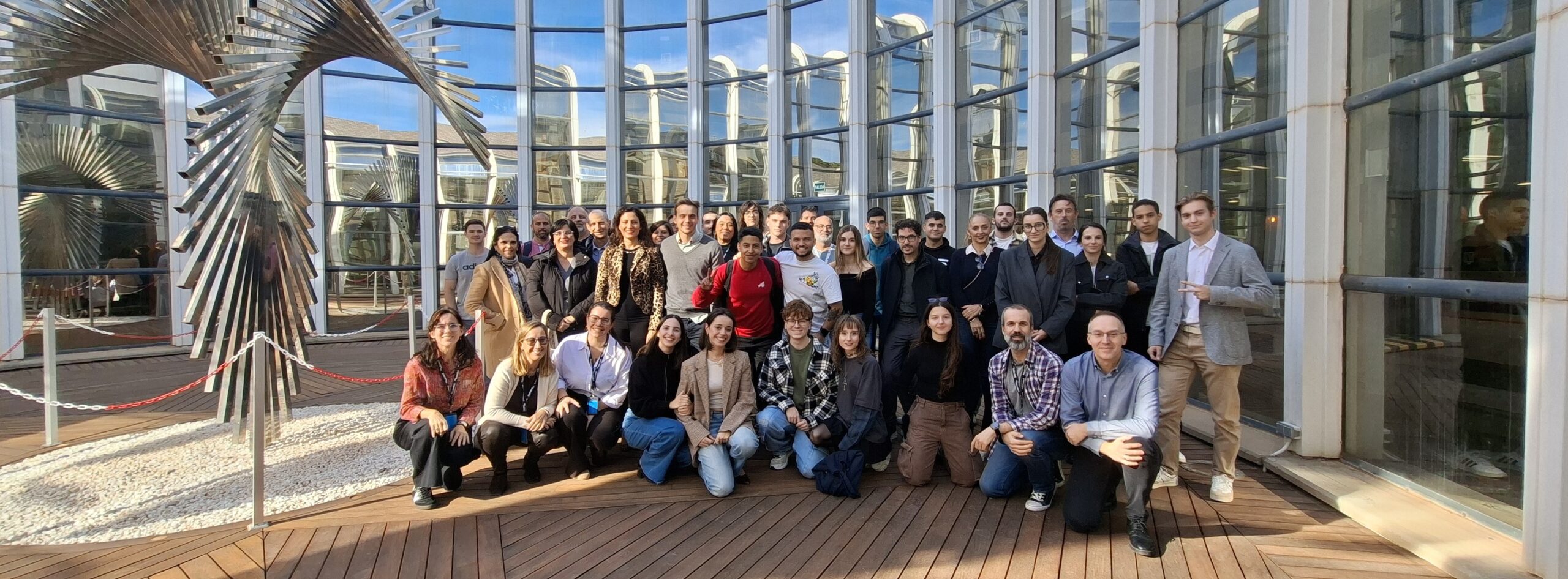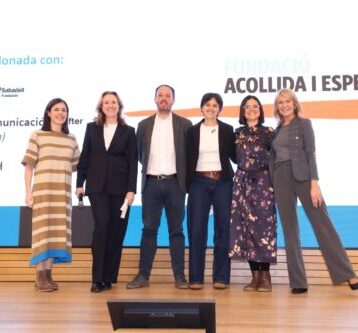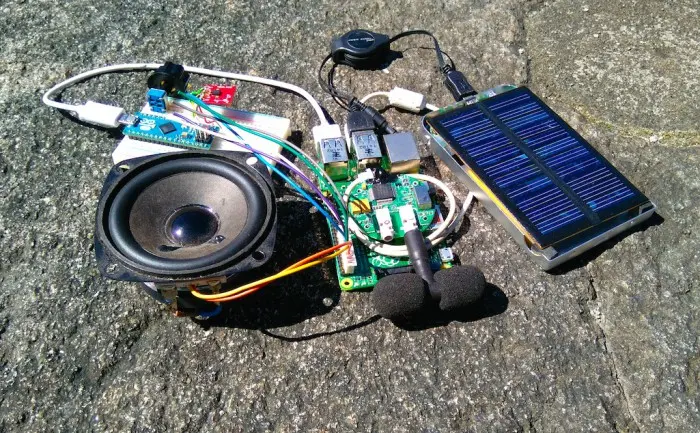
Medialab-Prado, in collaboration with Banco Sabadell foundation is launching Residencias Interactivos?’16, with the objective of fostering creative and collaborative digital technology projects. The residencies are designed for artists, engineers, designers, educators, scientists and researchers in any field who are interested in exploring the creative and educational uses of technology in open and collaborative environments.
The selected projects
-‘Birdbots/Soundbots’, by Servando Barriero: an installation that consists of a group of robots which interact amongst themselves via the emission and reception of sounds. It could be said that it is halfway between a multichannel audio installation, a cyberpunk installation and a jungle full of animal sounds. The objective is to observe the evolution of the language they communicate in. Instead of using a digital network, they will use their abilities to synthesise and analyse sounds which can be heard by humans. Human interaction will be a part of the analysis, as the sounds generated by the general public will be included in the analysis, which could occasionally trigger a chain reaction in the robots.
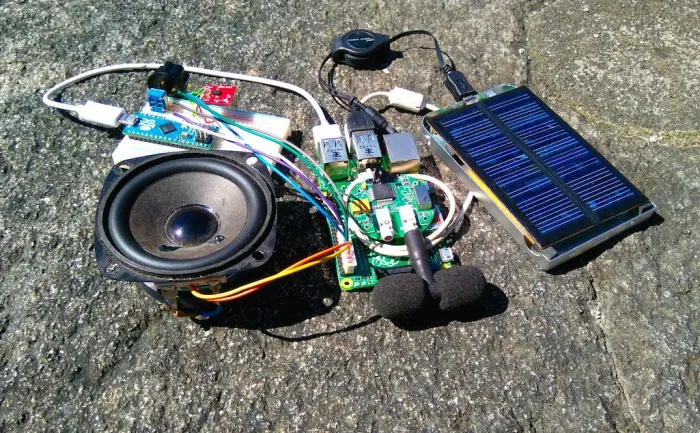
-‘Libre Stitch’, by Raúl Nieves Pardo: this project is a crochet loom, a device for the hybrid fabrication of textiles. It is a digital, interactive loom, which is able to process complex patterns in a user friendly manner. LibreStitch is a prototype designed to conserve all the characteristics of handmade production, whilst increasing capacity and speed in learning all the new types of stitches, and multiplying the number of patters created or shared in tangible fabrics. Through a group of simple sensors and actuators LibreStitch will be able to process the user’s work and guide the creation of fabrics.
-‘Madritmos’, by Max Kazemzadeh: is a performative, interactive, digital, kinetic and geo-localisation project, which uses algorithmic functions calculated using a GPS application for Android, designed with the aim of directing users or “travellers” in their journeys in Madrid. This prototype will include an app which, when shaking your mobile, will guide visitors by showing them different routes and distances, as well as activities such as food tasting sessions or asking the name of the closet person. After shaking the phone again, the next indication will be obtained.
-‘Biofilia Urbana’, by Vanessa Lorenzo: the objective of this project is to investigate invisible connections between urban environments and their biodiversity, data mapping, live organisms and basic/medium electro-technology. To do this, she will experiment with organic matter, food stuffs, technology and scientific processes, with the aim of exploring and questioning the manipulation of biological materials in a daily environment, human bodies and in kitchens. The project focuses on the influences of new technologies, digital and electronic channels in live organisms, creating unlikely connections between the cultivation methods of organisms, domestic electro-technology and contemporary artistic commitments with biotechnology and the environmental crisis.
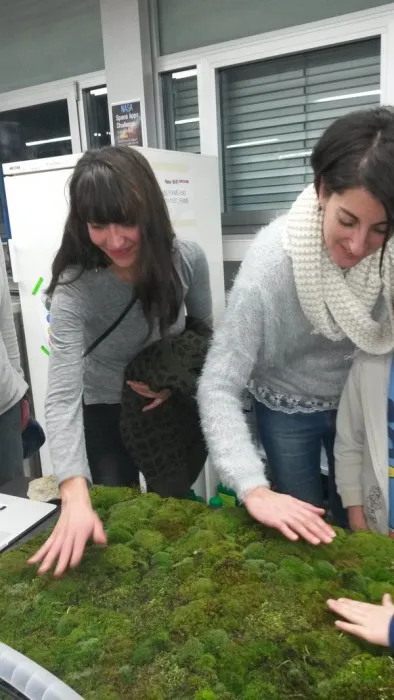
-‘Choreo-Graphic Coding’, by Joana Chicau: is a project which aims to research, via choreography methods, the role of intentionality, movement and counter-movement in the construction of digital interfaces. Choreography could be understood as a way to opening the door to questioning the environments we are surrounded by and fixed conventions of existing structures. The result will be the collective construction of a “choreography code” which can be read on digital interfaces, which will translate thematic concepts and concerns discussed during the residency.
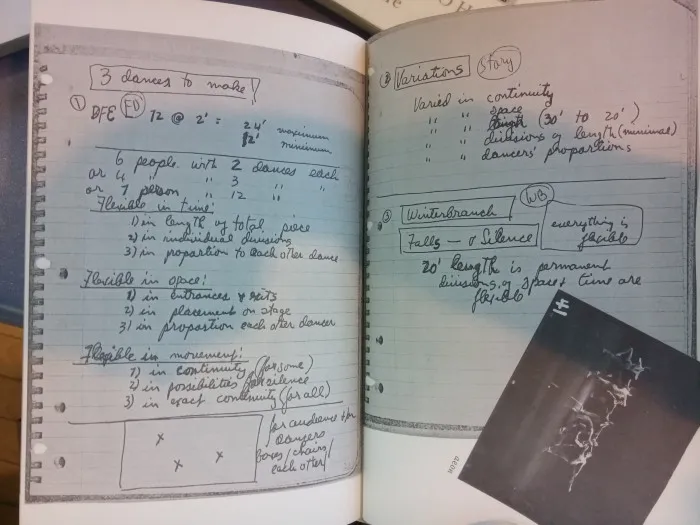
Choreo-Graphic Coding, de Joana Chicau
-‘Puredata and Blender applied to small format mapping, by Raimon Guarro i Nogues: the project is a predominantly practical workshop, which has the objective of collectively creating a final mapping piece based on a bi-dimensional drawing. Throughout the process the protagonists will be the participants and enablers of this training, facilitating and learning skills, methods and attitudes. Puredata and Blender are two technology tools, which at the same time, represent different and complementary methodologies between them. The origin of the project is traced back to the need to find, or create, viable and functional solutions of free software to adjust projections in this field.
